Each submission gets timestamped with EST time and gets a unique identifier
assigned, example:
S10056

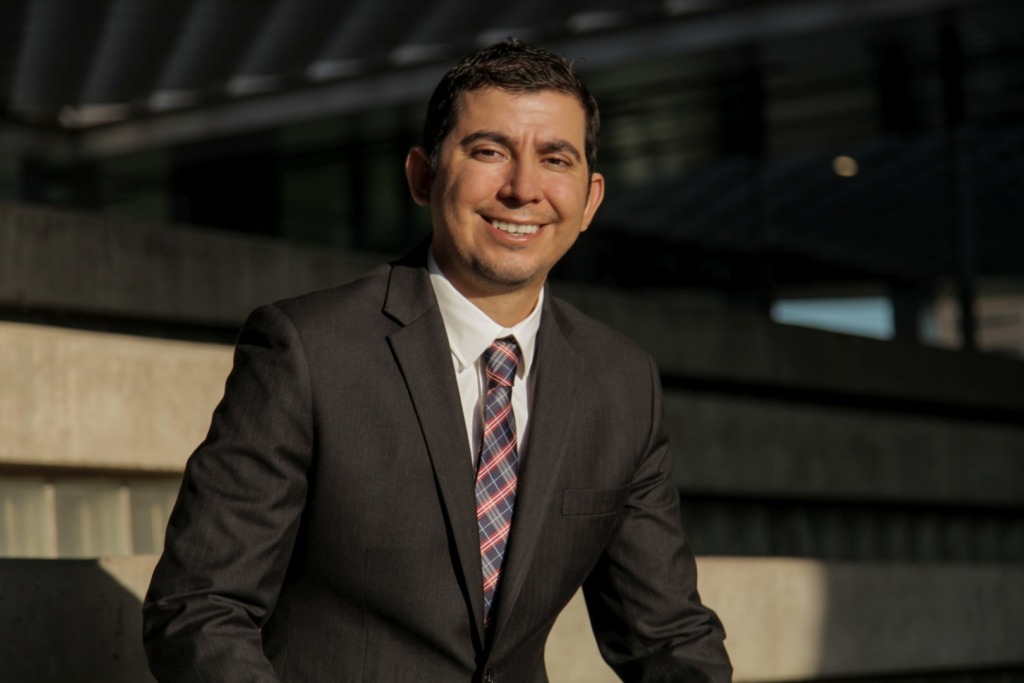
April 30, 2022
by: Tiara Hughes, NOMA
Christian Solorio, AIA, NOMA, LFA, LEED AP is newly appointed to the Arizona House of Representatives. He is the only architect serving in the state legislature. He is also currently tackling issues of affordable housing and education in Arizona. Prior to his term in office, he led projects in high-quality affordable housing and nonprofit health working with the architectural firm Architectural Resource Team (A|R|T) and organizations like Catholic Charities, Foundation for Senior Living and Trellis Community Development to implement more than $200 million dollars in new affordable housing investments in the state of Arizona. A|R|T continues to lead in people-focused, planet-focused architectural design. Currently, the firm is building Arizona’s first fully-certified Living Building Challenge building.
Representative Solorio persists in his commitment to innovative and sustainable approaches in the built environment to bring together and meet the needs of diverse communities. He has collaborated on a number of projects for sustainable community growth with the National Organization of Minority Architects and the Arizona Housing Coalition. He spearheaded educational programs to inspire students for careers in design and architecture and led fundraising efforts for scholarship funds. He is a member of the City of Phoenix Alhambra Village Planning Committee and a Board Member of Alhambra Elementary School District. Representative Solorio earned his Bachelor of Science in Architecture from Arizona State University.
TH: How did you first become interested in architecture?
Christian Solorio: My parents immigrated to the United States with the hopes of a better life for our family, and they did their best to provide for our family of six. In searching for the most affordable housing, my family and I did not experience the best living environments. We moved from place to place. We crammed into a studio and we lived in an apartment with two other families. We moved to a house in an area where we dealt with high crime regularly. I picked up on the differences between neighborhoods, and it was through this insight that I developed an interest in building design and saw it as a tool for community redevelopment. I was grateful for the opportunity to enroll in drafting courses offered at my high school, and it just took off from there.
“We moved to a house in an area where we dealt with high crime regularly. I picked up on the differences between neighborhoods, and it was through this insight that I developed an interest in building design and saw it as a tool for community redevelopment.”
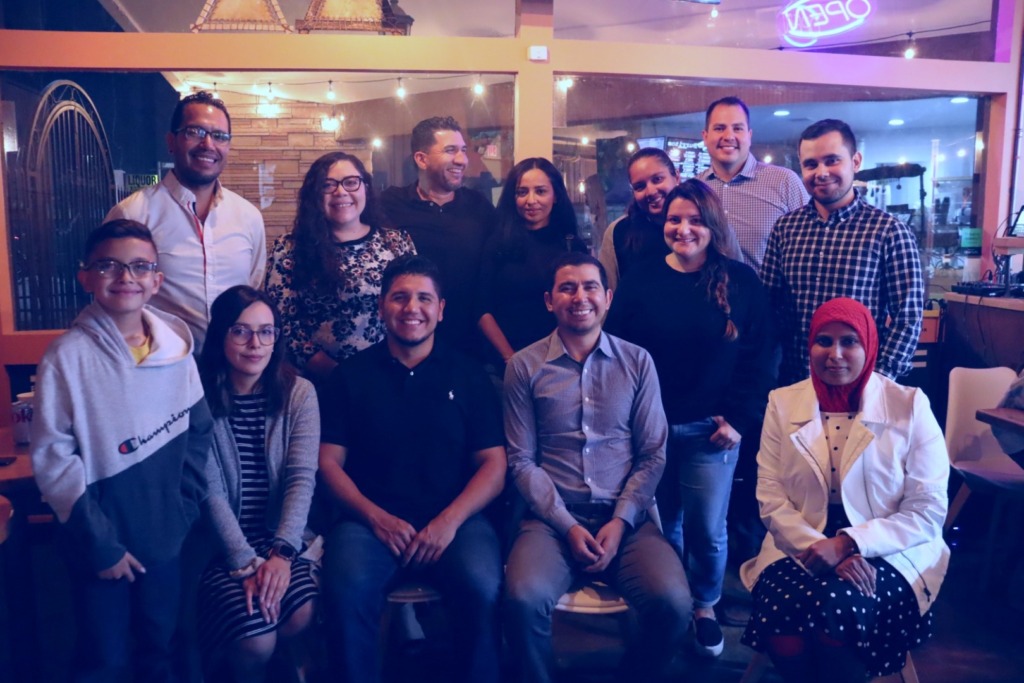
TH: When did you first learn about NOMA, and how have you been involved over the years?
CS: I was inspired to join the Arizona chapter of NOMA after college, and I served as the Community Service Chair. I coordinated volunteer projects for our chapter. It was a privilege to be able to partner NOMA Arizona with Build Us Hope, a nonprofit which provides housing and services to homeless veterans in Arizona. I led the design of 8 tiny homes. In addition, our chapter continues to actively mentor students. NOMA Arizona worked with the Arizona Kids Build program and partnered with a local school district to inspire more students to pursue design and architecture. Our community involvement is so rewarding and impactful to all generations.
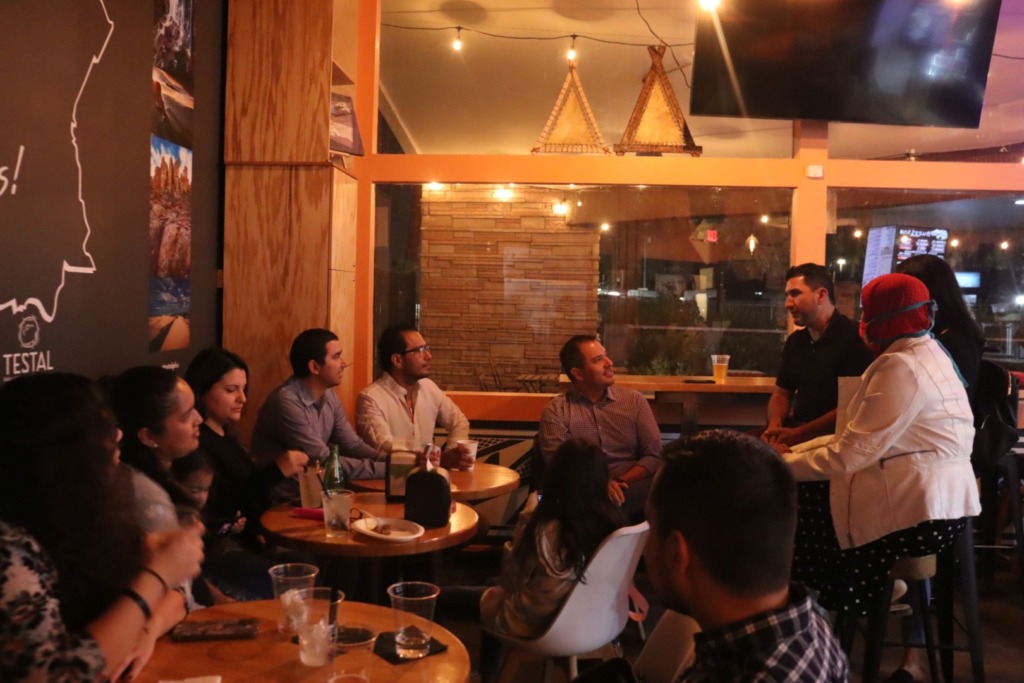
TH: How has NOMA impacted your professional trajectory?
CS: NOMA provides a space to connect with like-minded professionals who would like to see more architects from diverse backgrounds. It is fairly common to work with individuals in my profession who do not have direct experience working with families and people who face the need for affordable housing. I often find myself having a very unique perspective, and sometimes it is tiring being a singular voice. Being a part of NOMA fostered an environment of growth and encouragement. NOMA provided a network of mentors and friends, and a space to regroup as I continued the work.
“It is fairly common to work with individuals in my profession who do not have direct experience working with families and people who face the need for affordable housing. I often find myself having a very unique perspective, and sometimes it is tiring being a singular voice. Being a part of NOMA fostered an environment of growth and encouragement.”
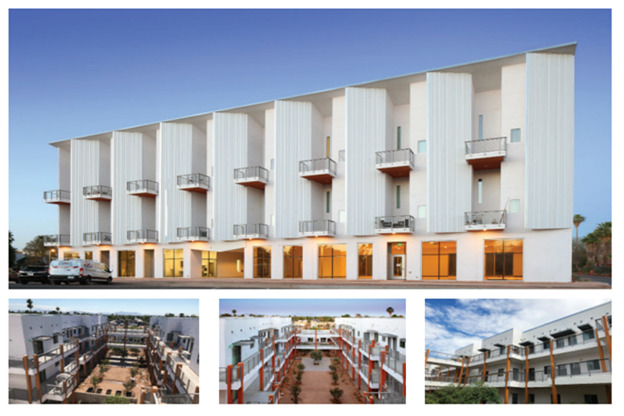
TH: Can you share some of your most meaningful architectural work?
CS: The need for affordable mixed-use projects has reached critical urgency. I am incredibly proud of the projects I have been a part of to create vibrant communities and address this issue locally.
A notable affordable housing project is Acacia Heights, an affordable senior living community, located in a historic area of Phoenix. This project consists of 78 one-bedroom and two-bedroom apartment homes in a dense, yet friendly and healthy environment. The apartments are energy efficient and are within walking distance of Phoenix’s light rail. The complex has many gathering spaces to bring the community together.
Another project includes the Mesa Artspace Lofts, which provides affordable live/work housing and community facilities for artists in downtown Mesa. After an integrative approach of community outreach meetings and an arts market study of more than 660 artists, priorities include efficiency, sustainability, accessibility and community-first design. The Artspace Mesa Lofts includes a mix of homes, each with its own studio space, as well as commercial space for nonprofit arts organizations and creative businesses. In addition, 2,900 square feet of community space for events, exhibitions and educational programs. The project is located a block away from the light rail corridor and downtown amenities. The project has earned LEED-H Platinum certification.
Now serving as a state representative, I would like to facilitate and craft policy that supports these types of projects on a wider scale. In Arizona, there is a shortage of affordable housing by over 100,000 affordable housing units. It is a top priority to address the need for housing. I do not see this issue being addressed overnight, and it will take collaborative effort from many stakeholders. I’m grateful for my experience and to be able to share my expertise in helping families in need.
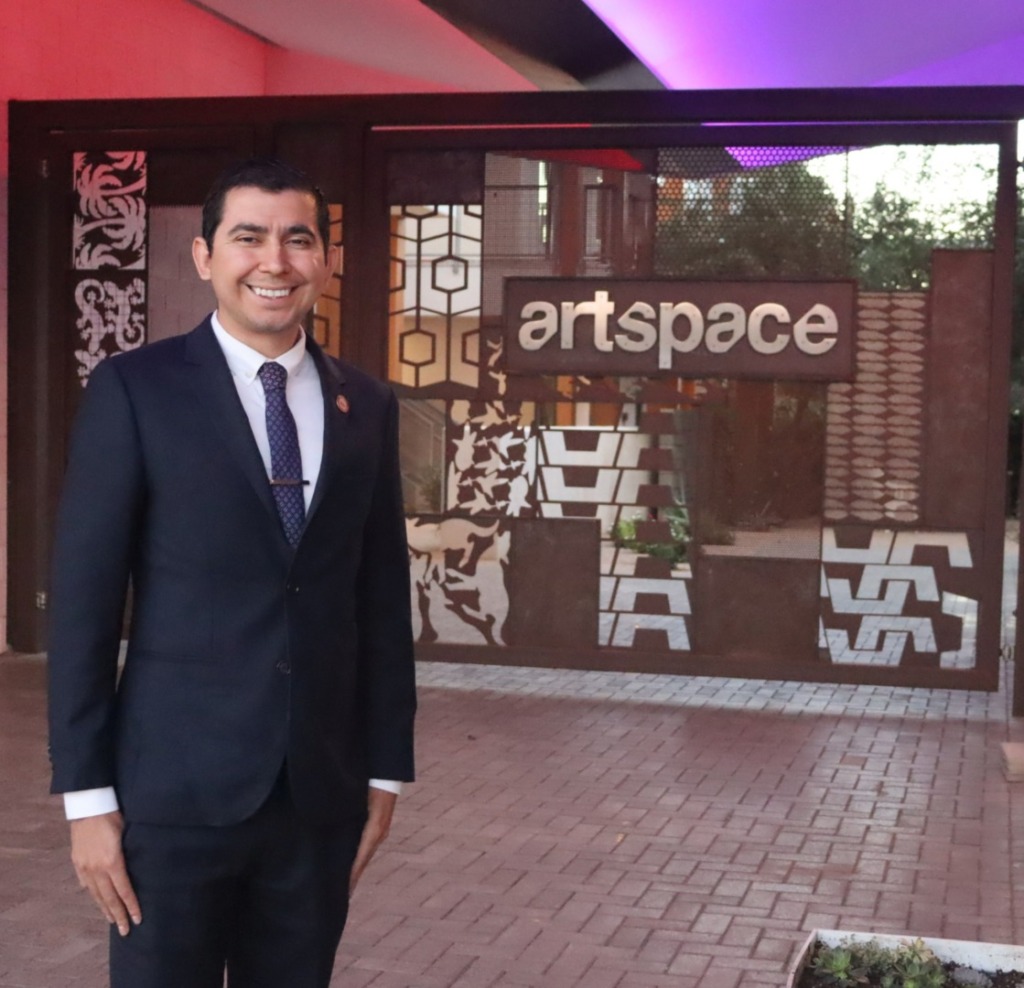
TH: Do you recommend people become a member of NOMA, and if so, why?
CS: NOMA is such a great resource in terms of career growth, leadership development, and mentorship. There is a lot of opportunity to create a large impact with our talented group of individuals in the local community. I appreciate this organization, and I recommend involvement for any student and rising professional in architecture and design.
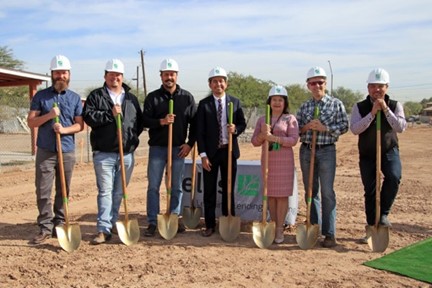
TH: What advice do you have for our NOMAS membership, as they begin their architectural careers?
CS: Seek out mentors. I am very thankful to the mentors that I have in my life. They have been influential in my path towards architecture and public service. Invaluable wisdom and knowledge have guided me and empowered me through pivotal moments in my career. I value the mentorship I have received and I continue to pay it forward. I think it’s a great part of NOMA and a pro tip for any rising professional.
“Invaluable wisdom and knowledge have guided me and empowered me through pivotal moments in my career. I value the mentorship I have received and I continue to pay it forward. I think it’s a great part of NOMA and a pro tip for any rising professional.”


Each submission gets timestamped with EST time and gets a unique identifier
assigned, example:
S10056


Your ID: S12312312






This notification means your entry was sent successfully to the system for review and processing.
If you have any further questions or comments, reach out to us via the main contact form on the site
Have a great day!







New to NOMA?
Create your account
Already have an account?
Sign in

Not A NOMA Member? Click Here!
Create your account
